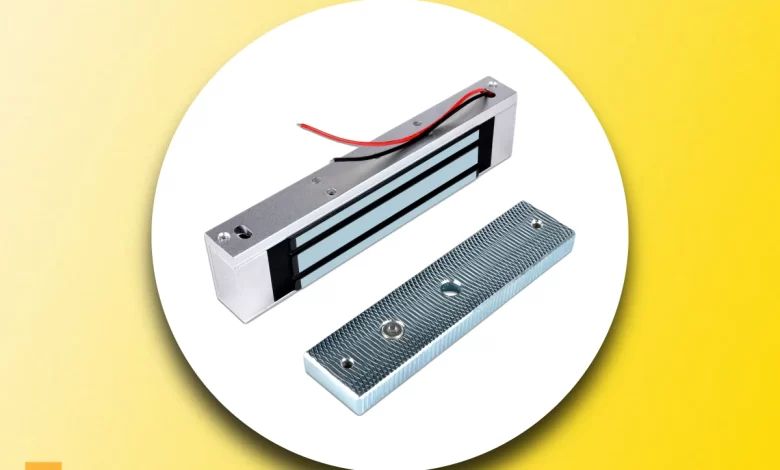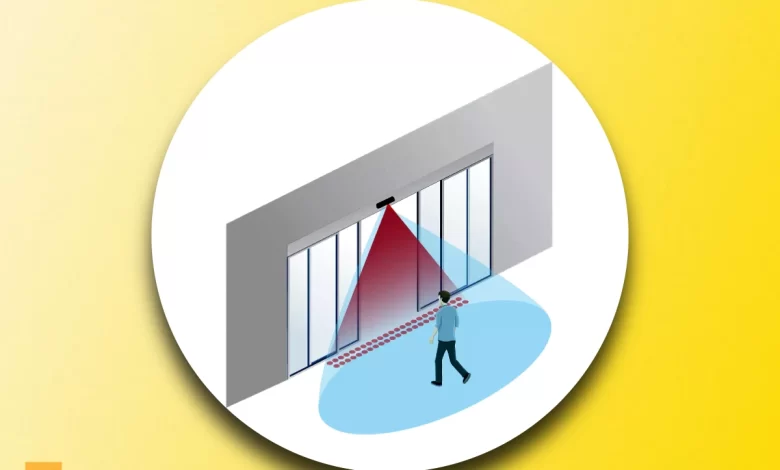Electromagnetic door locks, often concealed within the fabric of our daily lives, are the unsung heroes of modern security systems. Understanding how they function is akin to unlocking a world of advanced technology and security. These ingenious locks operate on a principle as old as the study of electromagnetism itself. At their core, they rely on the interaction between electricity and magnetism to provide a robust and reliable means of access control. The fundamental operation of electromagnetic door locks revolves around electromagnets – coils of wire that, when energized with an electric current, generate a magnetic field. This magnetic force is the driving factor behind the lock's ability to secure a door. When engaged, it attracts an armature plate, drawing it closer to the electromagnet and thus locking the door securely. To grant access, the electric current is cut off, releasing the armature plate and allowing the door to be opened. Electromagnetic door locks offer a plethora of advantages, from high security and convenience to quick response times, making them indispensable in a wide range of applications. Their integration with modern access control systems and potential for future advancements in technology make them a fascinating subject in the realm of…
Gadgets and Devices
Occupancy sensors, often referred to as motion sensors or motion detectors, have quietly revolutionized our daily lives. These unassuming devices play a pivotal role in making spaces more energy-efficient, secure, and convenient. But have you ever wondered, "How do occupancy sensors work?" In this comprehensive guide, we unravel the technology behind these smart sensors and shed light on their intriguing functionality. At their core, occupancy sensors are designed to detect the presence or absence of people within a specific area. They operate on various principles, each tailored to specific applications and environments. One of the most common types is the Passive Infrared (PIR) sensor, which relies on changes in infrared radiation caused by the movement of warm objects, such as humans. When someone enters the sensor's field of view, it detects the change in heat signature and triggers predefined actions, such as turning on lights or adjusting HVAC settings. Another widely used type is Ultrasonic sensors, which emit high-frequency sound waves and listen for their reflections. When a moving object disrupts these sound waves, the sensor registers the change and activates connected devices. Dual Technology sensors combine the strengths of both PIR and Ultrasonic technologies, requiring both to detect motion…
Door sensors, those inconspicuous yet indispensable devices, play a pivotal role in modern security, automation, and access control systems. Their functionality relies on a diverse array of technologies, each tailored to specific applications. Magnetic reed sensors, for example, employ the interaction of magnets and reed switches to detect shifts in magnetic fields when doors open or close. On the other hand, infrared (IR) sensors utilize infrared light beams to monitor door movement, registering disruptions in the beam caused by a door's motion. Ultrasonic sensors, operating on the principle of sound wave reflection, measure the time it takes for sound waves to bounce back after hitting an object, thereby detecting door openings. Meanwhile, capacitive sensors rely on changes in electrical capacitance when doors move, making them ideal for touchless switches in smart homes. Pressure mat sensors respond to pressure or weight on their surface, ensuring that entrances are secure. Microphonic sensors pick up sound variations, like knocking or tapping, and are often used in security systems for tamper detection. Lastly, photoelectric sensors use light beams to monitor doors, with interruptions in the beam triggering various actions, from opening automatic doors to operating garage openers. Understanding the inner workings of these sensors…
AirTags, the brainchild of Apple, have taken the world by storm with their remarkable ability to help users locate their personal items with ease. But have you ever wondered how these tiny, coin-sized devices actually work their magic? In this comprehensive exploration, we'll delve into the intricacies of AirTags and unveil the technology behind their seamless functionality. At the heart of AirTags lies their utilization of Bluetooth Low Energy (BLE) technology. When you set up an AirTag, it establishes a secure and encrypted connection with your Apple device, be it an iPhone, iPad, or Mac. This connection forms the foundation for real-time communication and tracking, allowing you to keep tabs on your belongings effortlessly. One of the standout features of AirTags is Precision Finding, made possible by the U1 ultra-wideband chip. This technology takes spatial awareness to the next level, using augmented reality (AR) to guide you with pinpoint accuracy to your misplaced item. Whether you're searching indoors or in a crowded area, Precision Finding ensures you reach your lost item with incredible precision. But what happens when your AirTag is out of Bluetooth range? This is where the Find My network comes into play. Other Apple devices in the…



